Why Nature Restoration is Essential for Jobs and Economic Growth
- September 5, 2024
- 0 comment
Nature restoration, also known as ecological restoration, refers to the process of aiding the recovery of ecosystems that have been degraded, damaged, or destroyed. This practice is not only vital for preserving biodiversity but also for ensuring the sustainability of human societies that rely on the services these ecosystems provide.
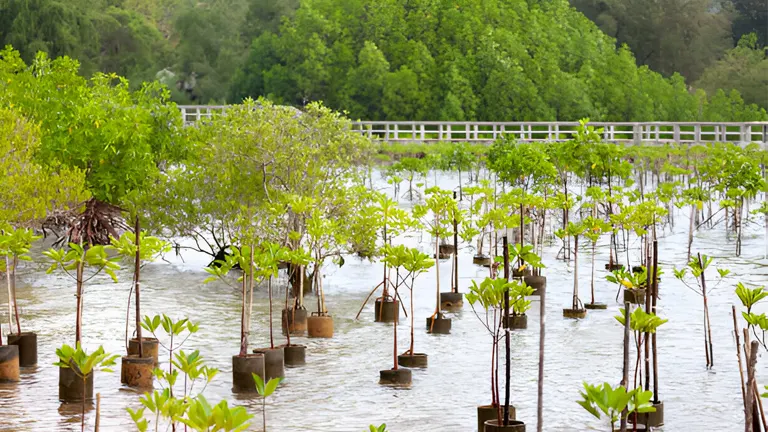
The historical perspective on environmental degradation illustrates a worrying trend of natural resource depletion, driven by industrialization, urbanization, and unsustainable agricultural practices. Today, we face a critical juncture where the global state of ecosystems demands urgent action to reverse the damage.
Table of Contents:
- Nature Restoration as an Economic Driver
- Sectoral Impact of Nature Restoration
- Policy and Governance in Nature Restoration
- Funding and Investment Opportunities
- Challenges and Barriers to Nature Restoration
- The Role of Communities in Nature Restoration
- Measuring the Success of Restoration Projects
Economic Impact of Environmental Degradation
The economic consequences of environmental degradation are profound. The loss of biodiversity and ecosystem services, such as water purification, pollination, and climate regulation, imposes significant costs on economies worldwide. These costs are particularly evident in sectors like agriculture, fisheries, and tourism, which are directly dependent on healthy ecosystems. For example, the collapse of fish stocks due to overfishing and habitat destruction can lead to severe economic losses for coastal communities. Similarly, the decline in pollinator populations can jeopardize food security by reducing agricultural yields.
Ecosystem services play a crucial role in maintaining economic stability. When these services are compromised, the economic burden often falls on governments, businesses, and communities, who must bear the cost of replacing these services through artificial means. The impact is not just financial but also social, as marginalized communities are often the most affected by environmental degradation.
Nature Restoration as an Economic Driver
Nature restoration offers a pathway to not only mitigate the effects of environmental degradation but also to drive economic growth. Restoration projects can create jobs directly, particularly in rural areas where employment opportunities may be limited. These jobs include roles in reforestation, wetland restoration, invasive species management, and monitoring of restored areas. Beyond direct employment, nature restoration projects can stimulate long-term economic benefits by enhancing ecosystem services that support agriculture, fisheries, and tourism.
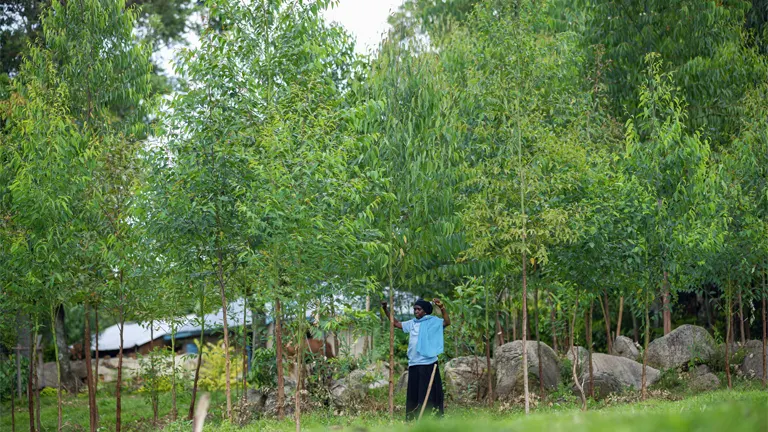
Several case studies highlight the economic benefits of nature restoration. For instance, in the European Union, large-scale restoration initiatives have been shown to generate significant economic returns by improving water quality, reducing flood risks, and enhancing recreational opportunities. Similarly, in the United States, the restoration of the Florida Everglades has not only preserved a unique ecosystem but also bolstered the state’s economy through improved water management and increased tourism.
The concept of a green economy, which emphasizes sustainable development, is closely linked to nature restoration. By investing in restoration projects, economies can transition towards sustainability, creating a more resilient economic model that can withstand environmental shocks and stresses.
Sectoral Impact of Nature Restoration
Nature restoration has a far-reaching impact across various sectors. In agriculture, restoring degraded lands can improve soil fertility, increase water retention, and enhance crop yields, thereby contributing to food security. For fisheries, restoring marine ecosystems, such as coral reefs and mangroves, can lead to the recovery of fish populations, supporting livelihoods and food supplies for coastal communities.

The forestry sector also benefits from restoration efforts. Reforestation and afforestation initiatives can provide timber and non-timber forest products, create jobs, and help sequester carbon, contributing to climate change mitigation. Additionally, restored forests can enhance biodiversity and support ecosystem services that are vital for other sectors, such as water regulation and pollination.
Tourism is another sector that can thrive with nature restoration. Eco-tourism, in particular, depends on healthy and diverse ecosystems. Restoration projects that improve the quality of natural habitats can attract tourists, generating revenue for local economies and fostering a deeper connection between people and nature.
Policy and Governance in Nature Restoration
Effective policy and governance are crucial for the success of nature restoration efforts. International policies and agreements, such as the Convention on Biological Diversity and the Paris Agreement, provide a framework for countries to commit to restoration goals. National and regional strategies, tailored to local contexts, are essential for implementing these commitments on the ground.
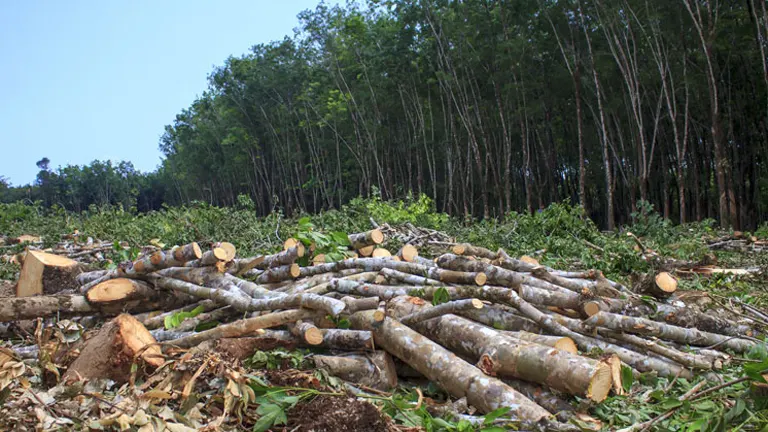
Public-private partnerships play a significant role in restoration projects. By leveraging the strengths of both sectors, these partnerships can mobilize resources, share expertise, and scale up restoration efforts. Governments can create enabling environments through incentives, regulations, and funding mechanisms, while the private sector can contribute innovation, investment, and operational capacity.
Funding and Investment Opportunities
Financing nature restoration is a critical challenge, but also an opportunity. Public funding, often provided through environmental grants, subsidies, and international aid, remains a primary source of finance for restoration projects. However, private sector investment is increasingly recognized as essential for scaling up restoration efforts. Businesses can benefit from investing in restoration by enhancing their corporate social responsibility profiles, reducing environmental risks, and accessing new markets.
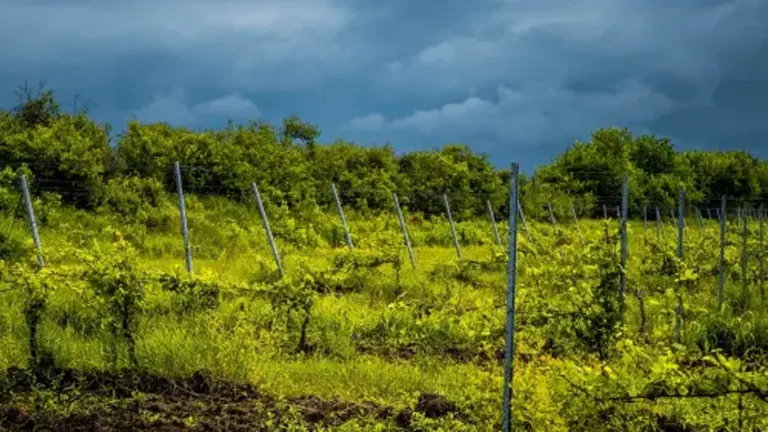
Innovative financial mechanisms, such as green bonds and payments for ecosystem services (PES), are emerging as powerful tools to finance restoration. Green bonds allow investors to support projects with environmental benefits, while PES schemes provide financial incentives to landowners and communities to conserve and restore ecosystems. These mechanisms can attract significant capital for restoration, aligning economic interests with environmental goals.
| Funding Source | Estimated Contribution (in million USD) | Key Considerations |
|---|---|---|
| Public Funding | $500 | Includes government grants, subsidies, and international aid. |
| Private Sector Investment | $300 | Contributions from businesses, CSR initiatives, and green projects. |
| Green Bonds | $150 | Financing through bonds specifically aimed at environmental benefits. |
| Payments for Ecosystem Services (PES) | $100 | Incentives paid to landowners or communities for ecosystem restoration. |
| Total Estimated Funding | $1,050 | Total available funding for nature restoration projects. |
Summary: The table estimates a total of $1,050 million in potential funding and investment opportunities for nature restoration projects, combining contributions from public funding, private sector investments, green bonds, and PES schemes.
Challenges and Barriers to Nature Restoration
Despite the clear benefits, nature restoration faces several challenges. Financial and resource constraints are often cited as major barriers, particularly in developing countries where funding for environmental initiatives is limited. Additionally, policy and institutional challenges, such as inadequate legal frameworks, lack of coordination among agencies, and insufficient technical capacity, can hinder restoration efforts.
Social and cultural barriers also play a role. Restoration projects may face resistance from local communities if they are not adequately consulted or if the projects threaten traditional land uses. Addressing these challenges requires a holistic approach that includes capacity building, stakeholder engagement, and the integration of local knowledge and practices into restoration planning.
The Role of Communities in Nature Restoration
Communities are at the heart of successful nature restoration. Community-led initiatives, often supported by non-governmental organizations (NGOs), have demonstrated remarkable success in restoring degraded landscapes. These initiatives leverage local knowledge, foster a sense of ownership, and ensure that restoration benefits are equitably shared.
Indigenous knowledge and practices, which have evolved over centuries, offer valuable insights for restoration. Indigenous communities often have a deep understanding of local ecosystems and have developed sustainable land management practices that can inform restoration efforts. Incorporating this knowledge into restoration projects can enhance their effectiveness and cultural relevance.
Community engagement is not only beneficial but essential for the sustainability of restoration projects. By involving communities in planning, implementation, and monitoring, restoration projects can build local capacity, create jobs, and strengthen social cohesion.
Measuring the Success of Restoration Projects
To ensure the success of nature restoration efforts, it is important to establish clear indicators for economic and environmental impact. These indicators can include metrics such as job creation, income generation, biodiversity recovery, and improvements in ecosystem services. Monitoring and evaluation techniques, such as remote sensing, field surveys, and community-based monitoring, provide valuable data for assessing progress and making necessary adjustments.
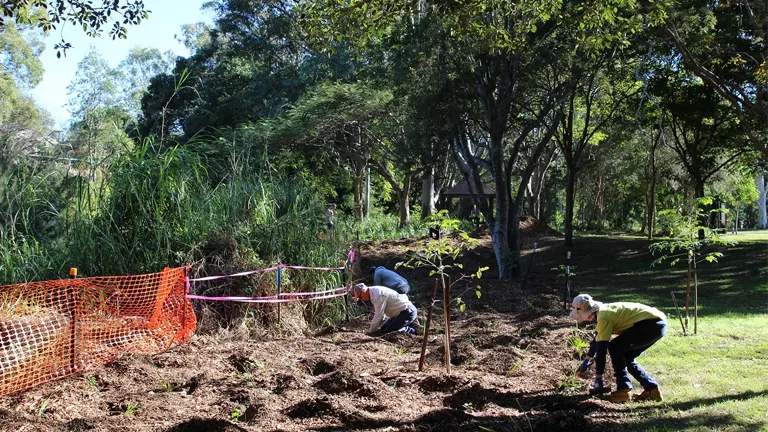
| Success Metric | Target Value | Current Achievement | Measurement Tool |
|---|---|---|---|
| Biodiversity Recovery | 30% increase in species diversity | 25% increase | Field surveys, biodiversity indices |
| Job Creation | 5,000 jobs created | 4,200 jobs created | Employment records, project reports |
| Ecosystem Services Improvement | 20% increase in water quality | 18% improvement | Water quality testing, ecosystem assessments |
| Carbon Sequestration | 1 million tons of CO2 captured annually | 900,000 tons CO2 captured | Remote sensing, carbon monitoring systems |
| Community Engagement | 80% local participation | 75% participation | Surveys, community feedback |
Transparency and reporting are also crucial. Regular reporting on the outcomes of restoration projects can build trust among stakeholders, attract further investment, and provide lessons for future initiatives. It is important to communicate both successes and challenges to ensure continuous learning and improvement.
Case Studies of Successful Nature Restoration
Several case studies illustrate the success of nature restoration initiatives. In the European Union, large-scale restoration projects, such as the Natura 2000 network, have contributed to the recovery of critical habitats and species, while also providing economic benefits through improved ecosystem services. Global examples, such as Costa Rica’s reforestation efforts, China’s re-greening of the Loess Plateau, and South Africa’s Working for Water program, demonstrate the diverse ways in which restoration can support economic growth and social well-being.
| Case Study Location | Restored Area (in hectares) | Job Creation (number of jobs) | Economic Benefit (in million USD) |
|---|---|---|---|
| European Union (Natura 2000) | 18,000,000 | 4,500,000 | $200 |
| Costa Rica | 1,000,000 | 100,000 | $50 |
| China (Loess Plateau) | 2,000,000 | 2,500,000 | $150 |
| South Africa (Working for Water) | 1,500,000 | 32,000 | $45 |
These case studies offer valuable lessons and best practices that can be applied to other restoration efforts. They highlight the importance of strong governance, adequate financing, community involvement, and adaptive management in achieving restoration goals.
The Future of Nature Restoration
Looking ahead, nature restoration is poised to play an even greater role in global efforts to address environmental challenges. Future trends in nature restoration include the integration of restoration with climate change mitigation and adaptation strategies. As the impacts of climate change become more severe, restoration projects will need to focus on enhancing the resilience of ecosystems and communities to climate-related risks.
Technology will also play a key role in advancing restoration efforts. Innovations in remote sensing, data analysis, and ecological engineering can improve the efficiency and effectiveness of restoration projects. Additionally, the development of new financial instruments, such as biodiversity credits, could unlock further investment in restoration.
Aligning restoration with climate goals is critical. Restoration projects that enhance carbon sequestration, such as reforestation and wetland restoration, can contribute to meeting global climate targets. By restoring ecosystems, we can not only mitigate the impacts of climate change but also create economic opportunities and enhance social equity.
Final Conclusion
Nature restoration is not just an environmental necessity but a key driver of economic growth and job creation. The benefits of restoration extend across multiple sectors, from agriculture and fisheries to tourism and forestry. Effective policies, innovative financing mechanisms, and strong community involvement are essential for scaling up restoration efforts and realizing their full potential.
As we move forward, it is crucial to recognize the interdependence of healthy ecosystems and thriving economies. By investing in nature restoration, we can create a sustainable future that supports both human well-being and the natural world. The call to action is clear: governments, businesses, and communities must work together to restore the planet’s ecosystems and ensure a prosperous future for all.
Frequently Asked Questions (FAQs)
- What is nature restoration, and why is it important?
Nature restoration, also known as ecological restoration, involves the process of recovering ecosystems that have been degraded, damaged, or destroyed. It is important because it helps restore biodiversity, improves ecosystem services like clean water and air, and supports economic growth by creating jobs and enhancing the resilience of communities against environmental and climate-related risks. - How does nature restoration contribute to job creation?
Nature restoration projects create direct employment opportunities in areas such as reforestation, wetland restoration, and invasive species management. These projects often provide jobs in rural and marginalized areas where employment opportunities may be limited. Additionally, restored ecosystems can boost sectors like tourism and agriculture, leading to long-term job creation. - What are the economic benefits of nature restoration?
Economic benefits of nature restoration include increased agricultural productivity, enhanced fisheries, improved water management, and boosted tourism. Restored ecosystems also provide essential services like flood control, which can save costs on infrastructure and disaster relief. Furthermore, investing in nature restoration can contribute to the development of a green economy, promoting sustainable economic growth. - How does environmental degradation impact the economy?
Environmental degradation leads to the loss of biodiversity and ecosystem services, which are critical for sectors like agriculture, fisheries, and tourism. The degradation of natural resources results in decreased agricultural yields, reduced fish stocks, and a decline in tourism revenues. These impacts can lead to economic instability, increased costs for governments and businesses, and greater financial burdens on communities. - What role do policies and governance play in nature restoration?
Effective policies and governance are crucial for the success of nature restoration efforts. International agreements, national strategies, and regional initiatives provide the framework and guidelines for restoration projects. Public-private partnerships, government incentives, and regulatory measures are also important for mobilizing resources, ensuring compliance, and scaling up restoration activities. - What are some challenges to implementing nature restoration projects?
Challenges to nature restoration include financial and resource constraints, especially in developing countries. Policy and institutional challenges, such as inadequate legal frameworks and lack of coordination among stakeholders, can also hinder progress. Social and cultural barriers, including resistance from local communities and conflicts over land use, must be addressed to ensure successful restoration. - How can communities contribute to nature restoration efforts?
Communities play a vital role in the success of nature restoration projects. Community-led initiatives leverage local knowledge and foster a sense of ownership, ensuring that restoration benefits are equitably shared. Indigenous knowledge and practices offer valuable insights for sustainable land management. Engaging communities in planning, implementation, and monitoring helps build local capacity and enhances the long-term sustainability of restoration efforts. - What are some examples of successful nature restoration projects?
Successful nature restoration projects include the European Union’s Natura 2000 network, Costa Rica’s reforestation efforts, China’s re-greening of the Loess Plateau, and South Africa’s Working for Water program. These projects have demonstrated significant economic and environmental benefits, such as increased biodiversity, improved ecosystem services, and enhanced livelihoods for local communities. - What funding and investment opportunities exist for nature restoration?
Funding for nature restoration comes from public sources, such as environmental grants and subsidies, as well as private sector investments. Innovative financial mechanisms like green bonds and payments for ecosystem services (PES) are increasingly used to attract investment for restoration projects. These mechanisms align economic interests with environmental goals, providing financial incentives for conservation and restoration efforts. - How is the success of nature restoration projects measured?
The success of nature restoration projects is measured using indicators for both economic and environmental impact. Metrics include job creation, income generation, biodiversity recovery, and improvements in ecosystem services. Monitoring and evaluation techniques, such as remote sensing and field surveys, provide data to assess progress. Transparency and regular reporting ensure that projects are on track and allow for continuous learning and improvement.

Edward Smith
Forestry AuthorWoodworking is about more than crafting; it's a harmonious connection with nature, mastering tools, and preserving our environment. I'm here to share my knowledge and experiences with you, forging a future where we can embrace wood's beauty and utility while safeguarding our forests' health and diversity.


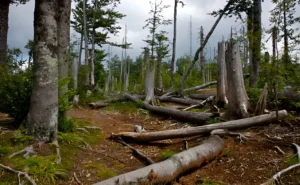



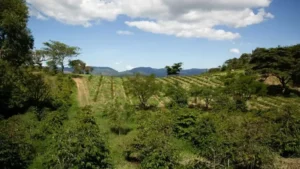
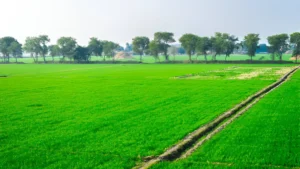
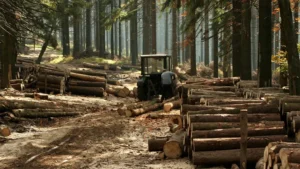


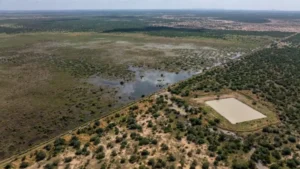

Leave your comment